AA Bronson on the radical, enduring legacy of General Idea
General Idea, an art group that pioneered a queer aesthetic, is celebrated in a retrospective at the National Gallery of Canada (opened during Pride Month and running until 20 November 2022). Surviving member AA Bronson speaks about their origins, and impact on art and social justice
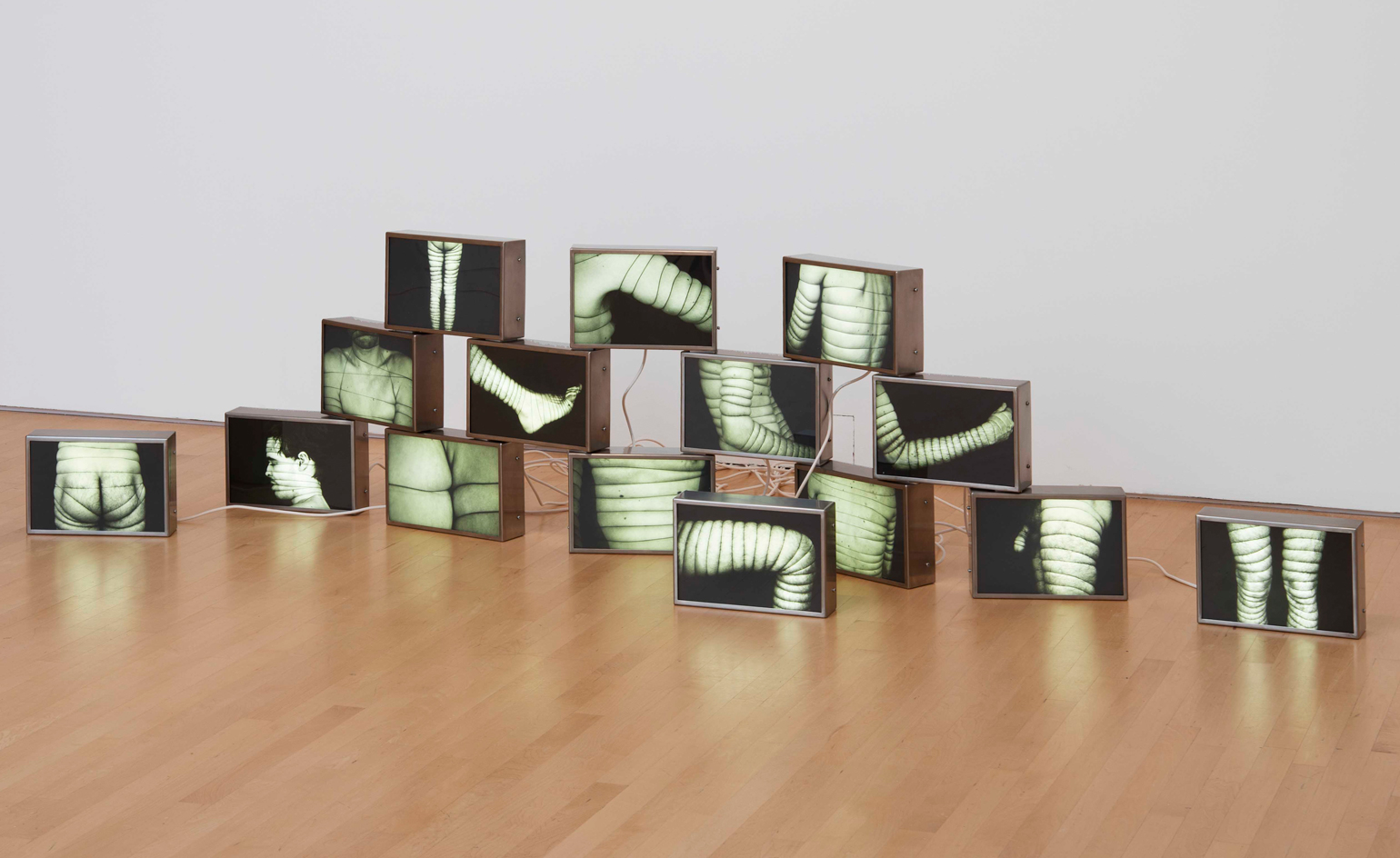
Few collectives have marked art history of the 20th century like General Idea. Emerging out of 1960s Canadian counterculture movements, the conceptual trio – AA Bronson, Felix Partz and Jorge Zontal – spent 25 years pranking the art world with their witty take on societal ills, from late-capitalist consumerism to popular media and the Aids crisis. (Partz and Zontal both died as a result of the virus in 1994.) Now, the National Gallery of Canada in Ottawa is celebrating the group’s history with the most comprehensive retrospective to date, featuring over 200 works that span painting, video, sculpture, installations and archival material. ‘There are many shifts and surprises from space to space,’ Bronson tells me over the phone. ‘Because of the size of the gallery, there was a possibility to do something pretty amazing.’
While remembered as a sophisticated art threesome, General Idea started out as a commune of sorts when, in 1969, half a dozen friends moved into a small storefront on Toronto’s bohemian Gerrard Street West. ‘Most of us were unemployed and looking for entertainment,’ Bronson remembers. ‘So, we started staging fake shops in our front window to keep ourselves busy and, somehow, that grew into a practice.’ Early projects were ephemeral in nature, involving mail art, experimental performances and other interventions. For their first group show in 1970, they submitted a work titled General Idea, which the gallery misunderstood as being the collective’s name. ‘So, we became General Idea!’ Bronson laughs. Within a few years – after establishing the iconic mock periodical FILE Megazine – the original membership dissolved, largely due to Toronto’s booming real-estate market. ‘We were unable to find another equivalent space where seven or eight people could both live and work,’ Bronson says. ‘It just all fragmented and we ended up with Jorge, Felix, and I.’
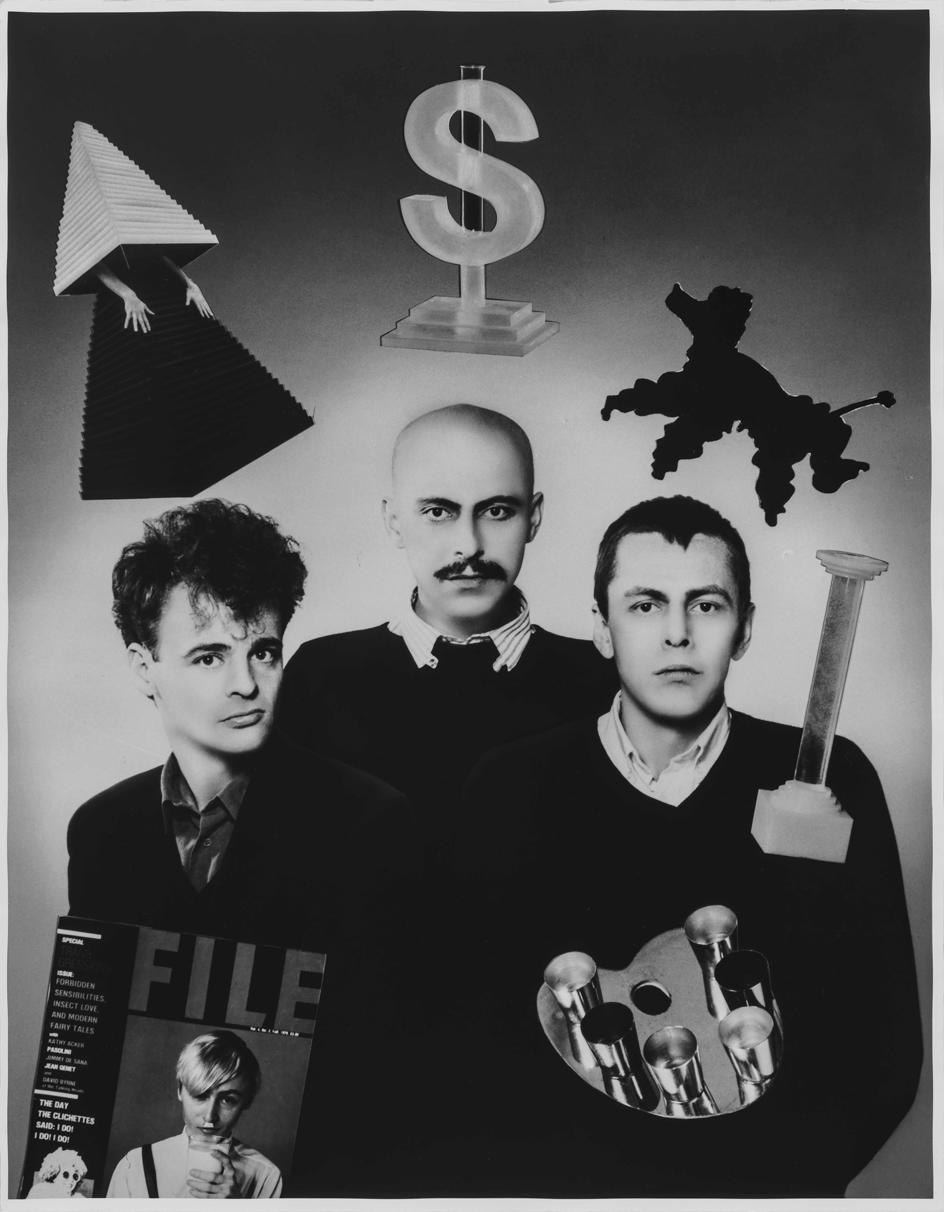
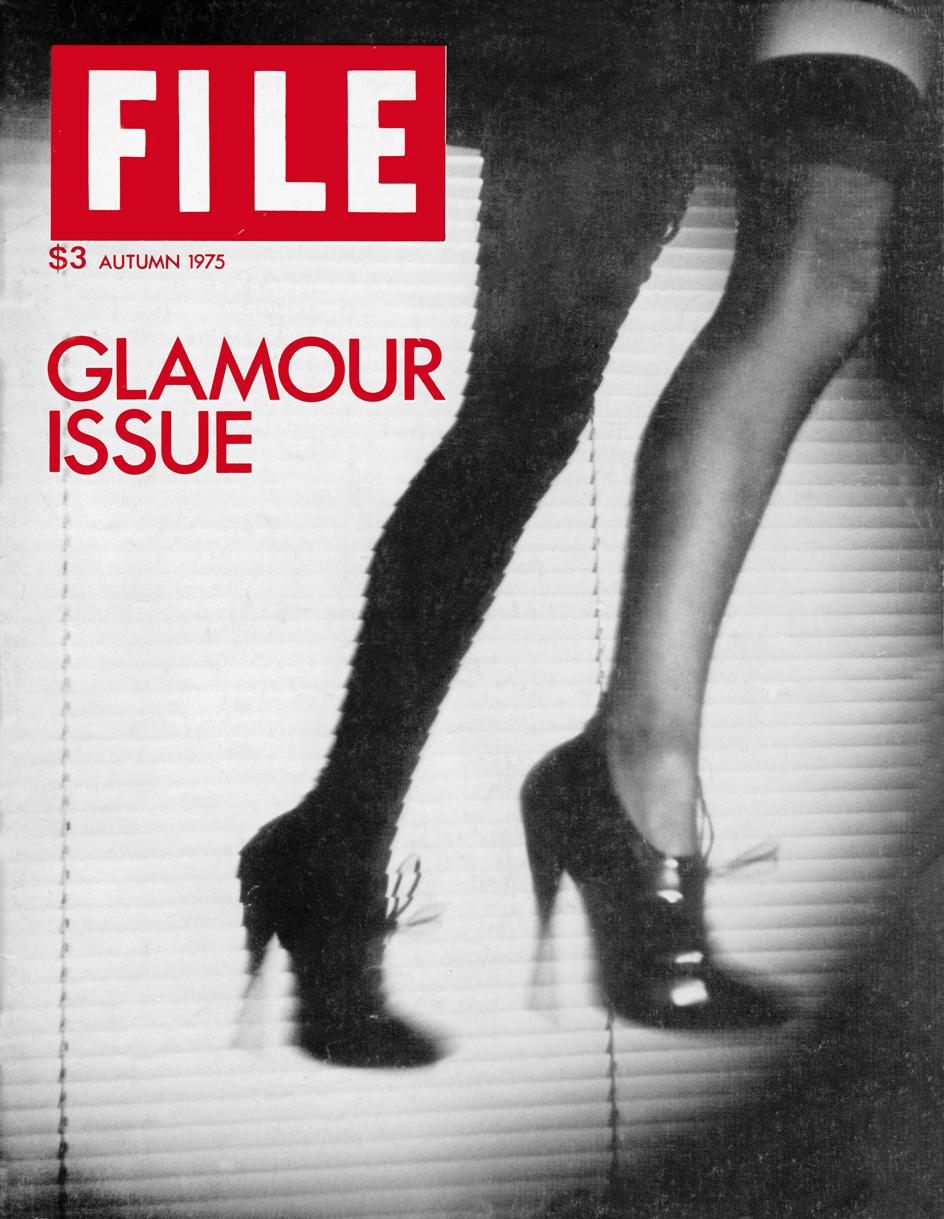
Top: Self-portrait with Objects 1981–82 montage, gelatin silver print 35.6 × 27.7 cm National Gallery of Canada, Ottawa Purchased 1985 (EX-85-142). Above: FILE Megazine, vol. 3, no. 1 (Glamour Issue) Autumn 1975 offset periodical 35.5 × 28 cm Art Metropole fonds, Art Metropole Collection, National Gallery of Canada Library and Archives, Ottawa Gift of Jay A. Smith, Toronto, 1999
General Idea cultivated a queer aesthetic before there even was a language to talk about it. As early as 1970, the group began staging Dadaesque beauty contests as a satirical performance of art and popular culture. Throughout the rest of the decade, iterations of the Miss General Idea concept unravelled in the form of archaeological fragments from the ill-fated fictional ‘1984 Miss General Idea Pavillion’. Once done and dusted, the pageant fantasy was substituted by the equally camp motif of the poodle, which came to dominate the group’s work in the 1980s. Three loose canines first appeared in one explicit painting at MoMA PS1 in 1982 and soon found their way onto custom flags, escutcheon scarves, fluorescent canvases and photographic self-portraits. ‘It would have been the kiss of death to call yourself a gay artist,’ Bronson remembers of that era. The poodles, then, became a coded trope for their ménage à trois at a time when no critics were prepared to discuss sexuality. ‘They wrote about them as being a metaphor for collaboration,’ Bronson laughs. It wasn’t until the mid-to-late 1980s that an appropriate discursive framework emerged. ‘We felt like, all these years, we’d been making work as an excuse for somebody to invent Queer Theory,’ says the remaining poodle.
As the Aids crisis intensified in the late 1980s, the group – who had then relocated to New York – increasingly turned their attention to the pandemic. From that period, IMAGEVIRUS remains their best-known work: an appropriation of Robert Indiana’s famed 1960s ‘LOVE’ logo whose four letters General Idea swapped for ‘AIDS’. Much like the poodles, the Aids motif first appeared on a painting before spreading across multimedia formats – subway posters, public sculptures, an animated billboard on Time Square and advertising banners from San Francisco to Berlin – mimicking the mechanisms of viral transmission long before ‘going viral’ was a thing.
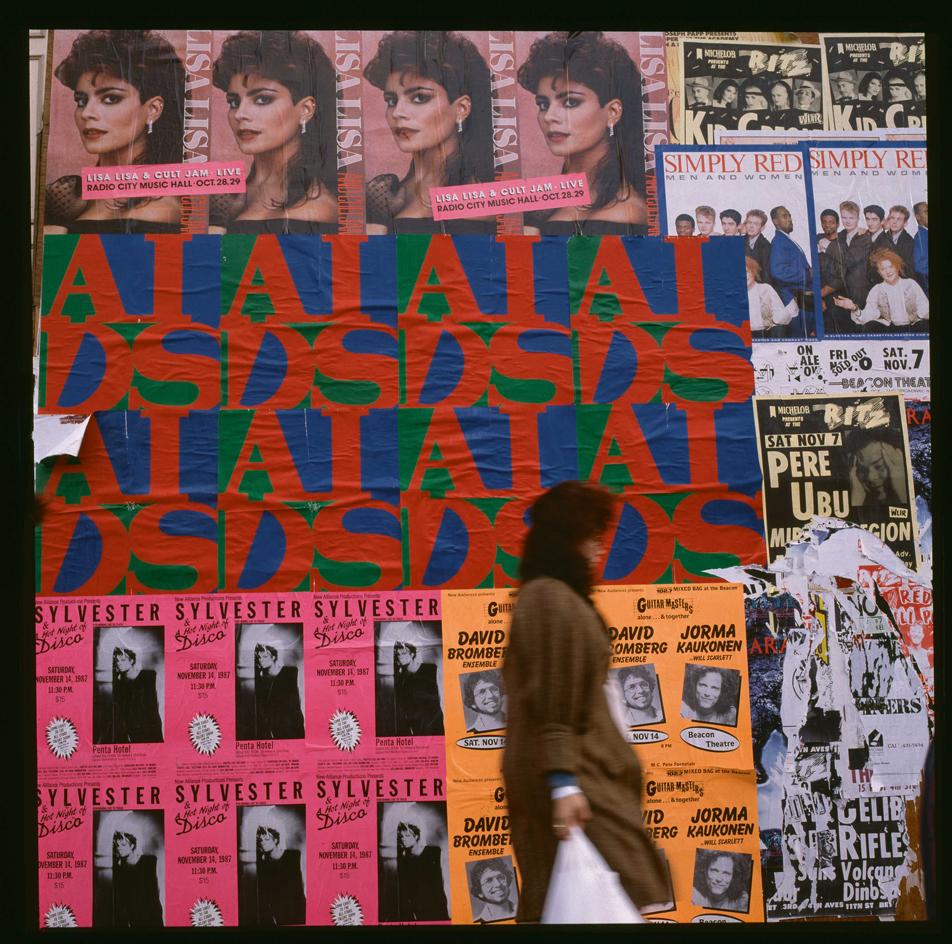
AIDS 1987 offset print on paper 68.4 × 68.5 cm Art Metropole Collection, National Gallery of Canada Library and Archives, Ottawa Gift of Jay A. Smith, Toronto, 1999
While the work is celebrated today, it wasn’t always the case. Turning ‘LOVE’ into ‘AIDS’ appeared as an obscene semiotic gesture that divided New York’s Aids community. The artistic branch of ACT UP (Aids Coalition to Unleash Power), Gran Fury – known for its safer sex campaigns and guerrilla interventions – soon responded with its own appropriation of the work, this time spelling out ‘RIOT’. ‘There was kind of a cultural split between us,’ Bronson remembers. ‘First of all, there was a generational difference – we were in our early forties, and they were in their early twenties. Plus, we were from a different country, and we couldn't go to demonstrations because we were afraid of being deported – we were living in the States illegally.’
Since Partz and Zontal’s deaths, Bronson – who now lives in Berlin – has continued making art while overlooking the group’s estate. ‘I have to pick and choose so much as to what one can show,’ Bronson says of the countless retrospectives staged in recent years, including at the Musée d'Art Moderne de la Ville de Paris, Museo Jumex in Mexico City and MALBA in Buenos Aires. But this thriving legacy wasn’t always a given. Like many other artists affected by the Aids crisis, the collective had to manoeuvre strategically to avoid the interference of unsupportive family members. ‘Essentially, we incorporated General Idea with the three of us as equal partners, then Jorge and Felix each left their shares of the company to me,’ Bronson explains. ‘That was before the possibility of marriage. That was the only way to truly protect it, otherwise, all sorts of claims could be made.’ After Ottawa, the current retrospective will travel to the Stedelijk Museum in Amsterdam, and to another yet-to-be-announced venue in Europe. Long live Miss General Idea.
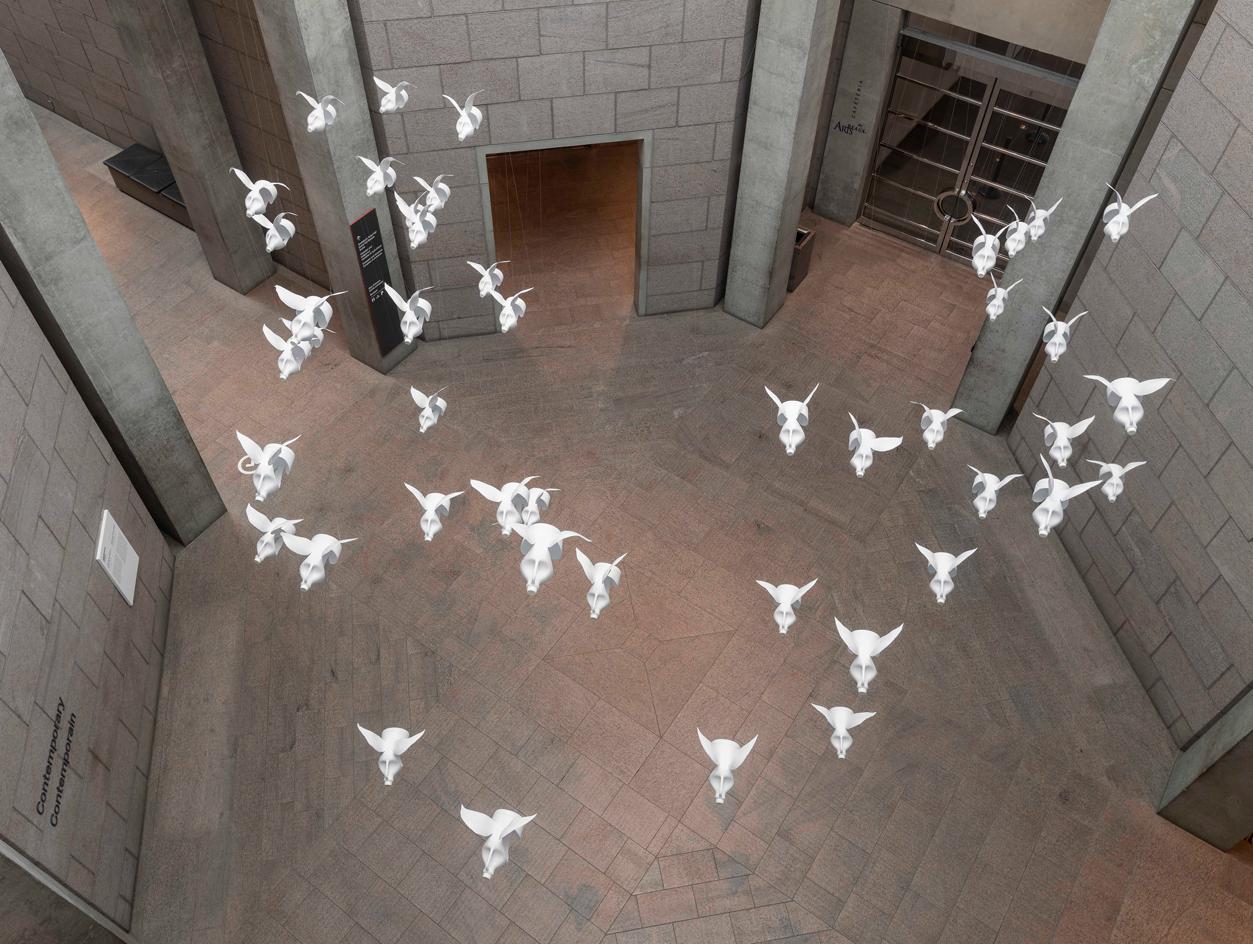
Snobird: A Public Sculpture for The 1984 Miss General Idea Pavillion 1985 polyethene bleach bottles, monofilament.
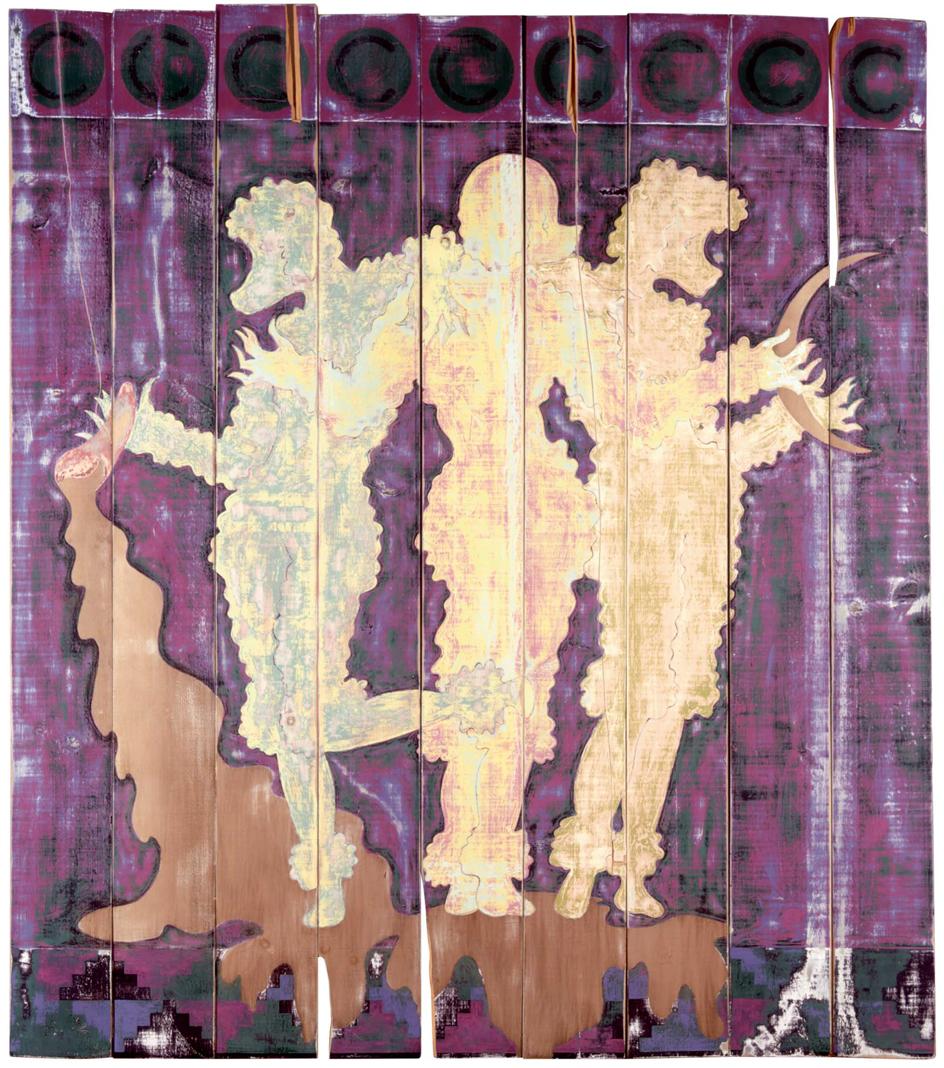
The Three Graces (Mural Fragment from the Villa dei Misteri of The 1984 Miss General Idea Pavillion) 1982 latex enamel on wood 246 × 218 × 5 cm Collection of Vancouver Art Gallery Acquisition Fund (VAG 87.33 ab)
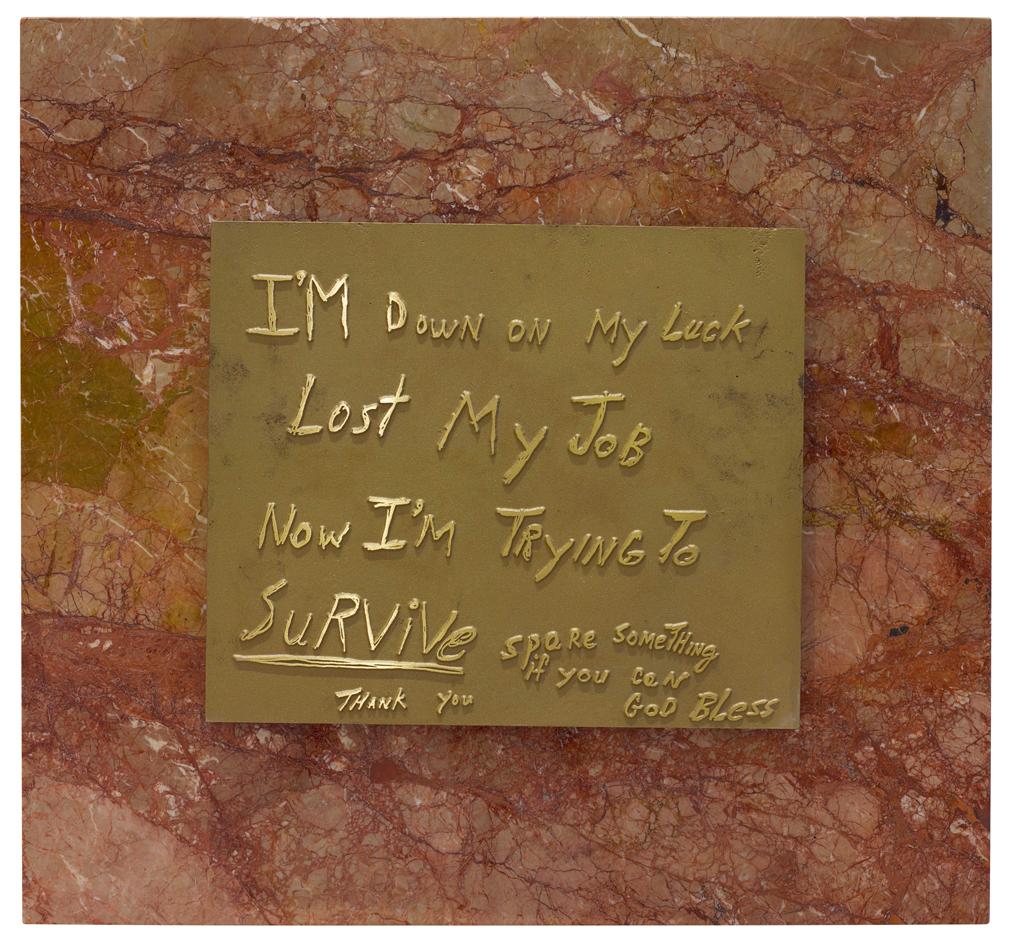
Homeless Sign for Trump Tower 1989 marble, bronze 68.6 × 75.6 × 6.4 cm Collection of Mario J. Palumbo
INFORMATION
Wallpaper* Newsletter
Receive our daily digest of inspiration, escapism and design stories from around the world direct to your inbox.
General Idea is on view at the National Gallery of Canada until November 20, 2022. gallery.ca
-
 Extreme Cashmere reimagines retail with its new Amsterdam store: ‘You want to take your shoes off and stay’
Extreme Cashmere reimagines retail with its new Amsterdam store: ‘You want to take your shoes off and stay’Wallpaper* takes a tour of Extreme Cashmere’s new Amsterdam store, a space which reflects the label’s famed hospitality and unconventional approach to knitwear
By Jack Moss
-
 Titanium watches are strong, light and enduring: here are some of the best
Titanium watches are strong, light and enduring: here are some of the bestBrands including Bremont, Christopher Ward and Grand Seiko are exploring the possibilities of titanium watches
By Chris Hall
-
 Warp Records announces its first event in over a decade at the Barbican
Warp Records announces its first event in over a decade at the Barbican‘A Warp Happening,' landing 14 June, is guaranteed to be an epic day out
By Tianna Williams
-
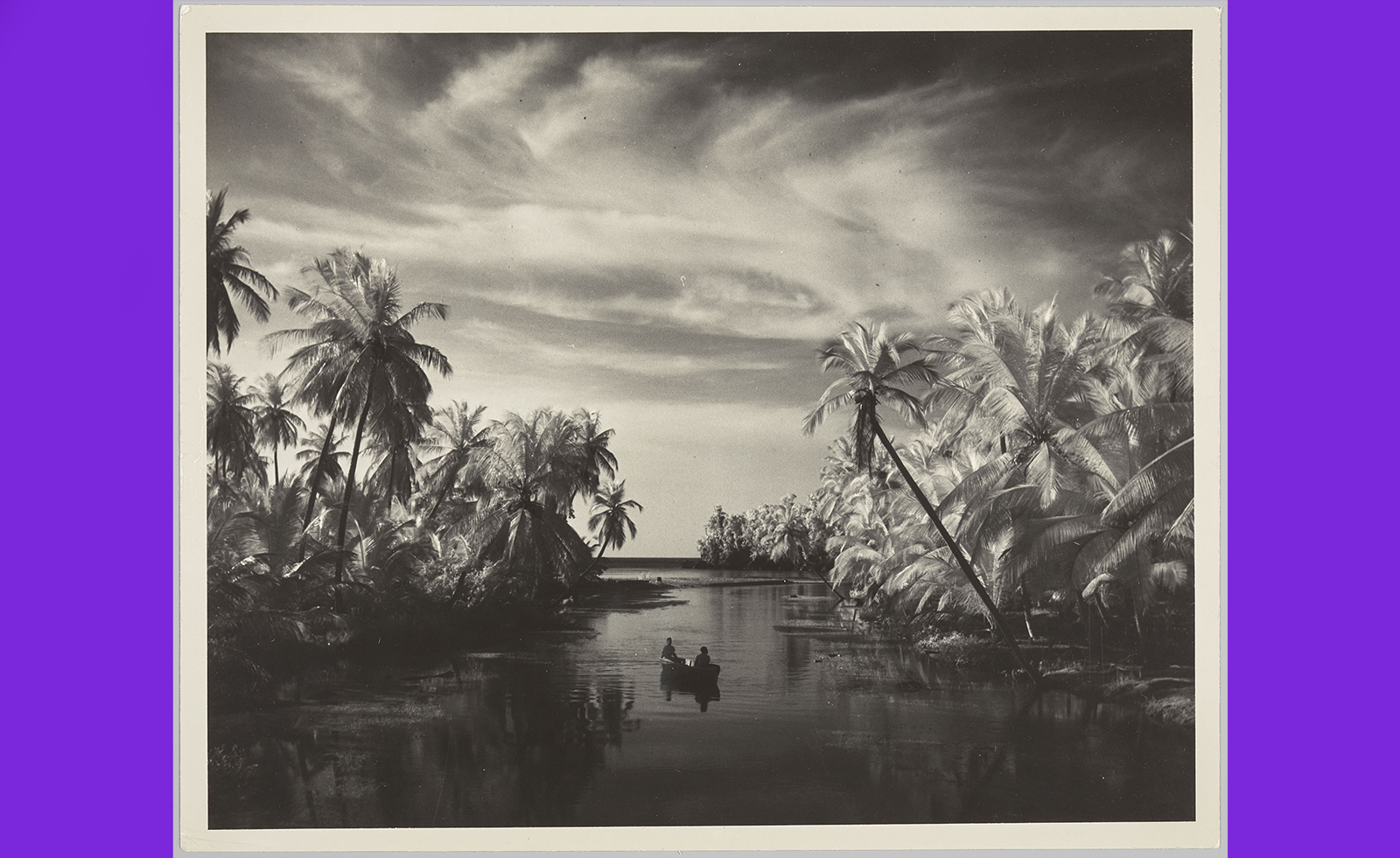 Beyond tourism: Caribbean artists reflect on its legacy
Beyond tourism: Caribbean artists reflect on its legacy'Fragments of Epic Memory' at the Columbus Museum of Art looks beyond the Caribbean's stereotypes
By Gameli Hamelo
-
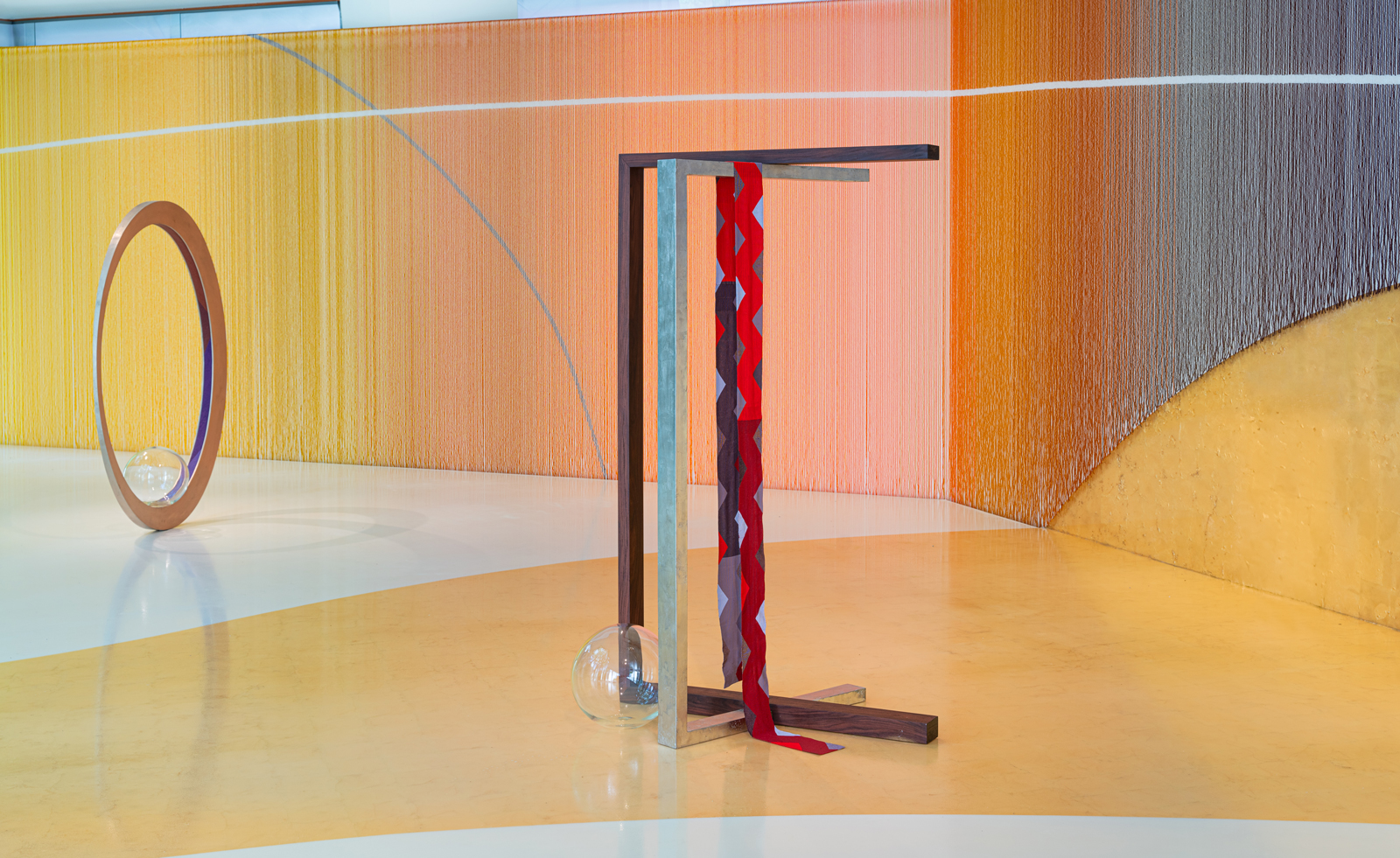 Kapwani Kiwanga considers value and commerce for the Canada Pavilion at the Venice Biennale 2024
Kapwani Kiwanga considers value and commerce for the Canada Pavilion at the Venice Biennale 2024Kapwani Kiwanga draws on her experiences in materiality for the Canada Pavilion at the 60th Venice Biennale
By Hannah Silver
-
 Remote Antarctica research base now houses a striking new art installation
Remote Antarctica research base now houses a striking new art installationIn Antarctica, Kyiv-based architecture studio Balbek Bureau has unveiled ‘Home. Memories’, a poignant art installation at the remote, penguin-inhabited Vernadsky Research Base
By Harriet Lloyd-Smith
-
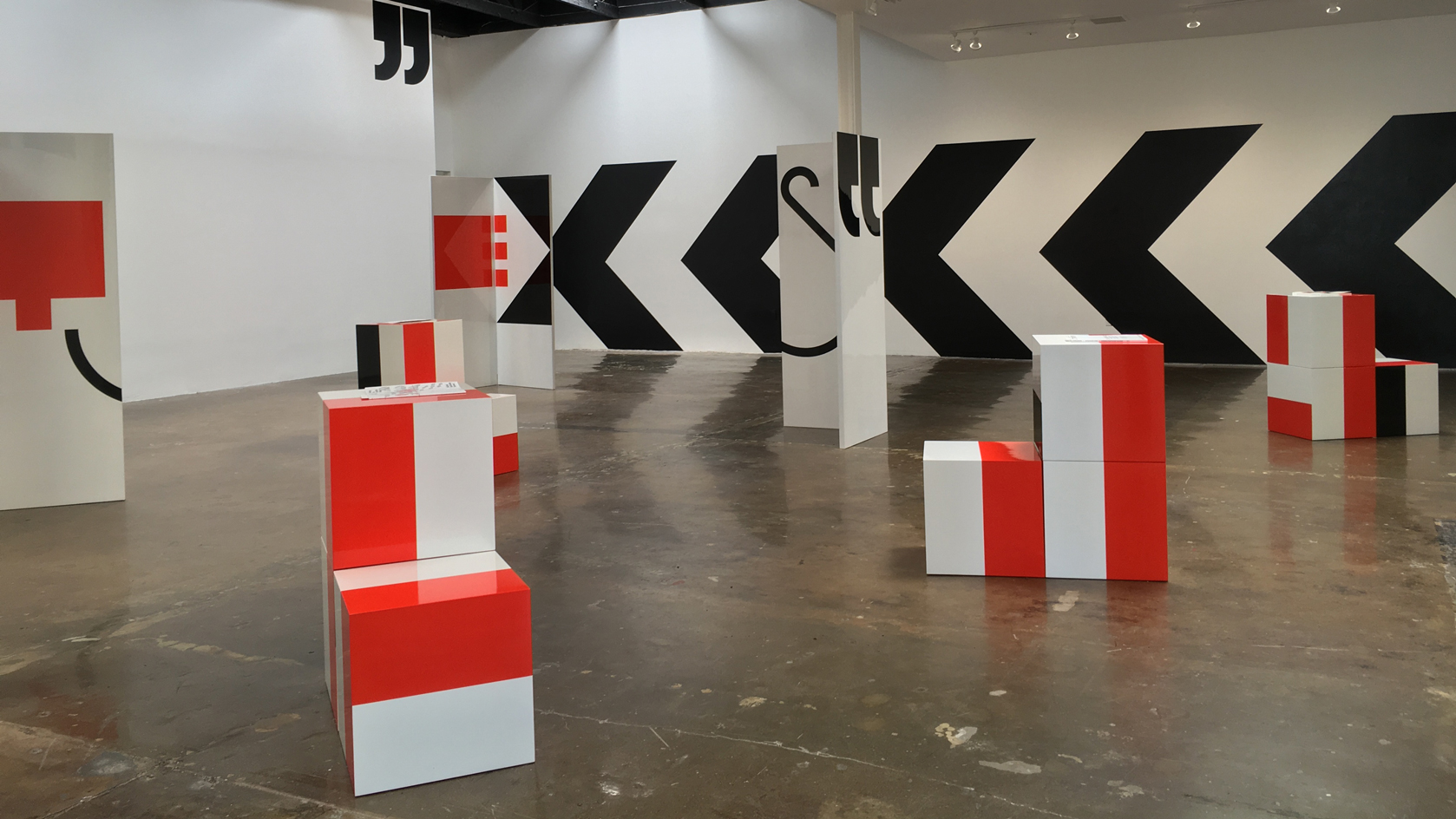 Supergraphics pioneer Barbara Stauffacher Solomon: ‘Sure, make things big – anything is possible'
Supergraphics pioneer Barbara Stauffacher Solomon: ‘Sure, make things big – anything is possible'94-year-old graphic designer Barbara Stauffacher Solomon talks radical typography, motherhood, and her cool welcome for St Moritz
By Jessica Klingelfuss
-
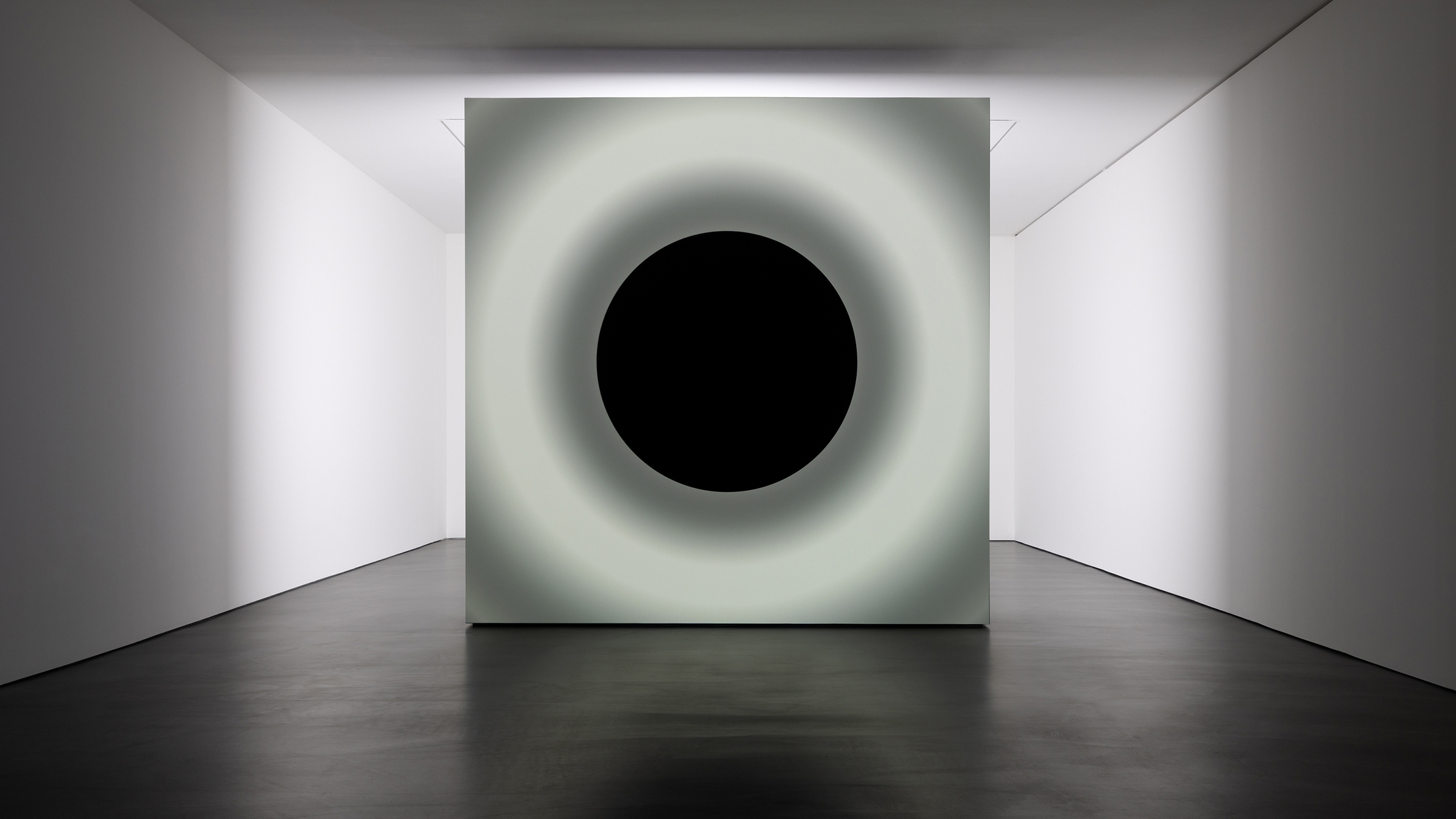 Ryoji Ikeda and Grönlund-Nisunen saturate Berlin gallery in sound, vision and visceral sensation
Ryoji Ikeda and Grönlund-Nisunen saturate Berlin gallery in sound, vision and visceral sensationAt Esther Schipper gallery Berlin, artists Ryoji Ikeda and Grönlund-Nisunen draw on the elemental forces of sound and light in a meditative and disorienting joint exhibition
By Harriet Lloyd-Smith
-
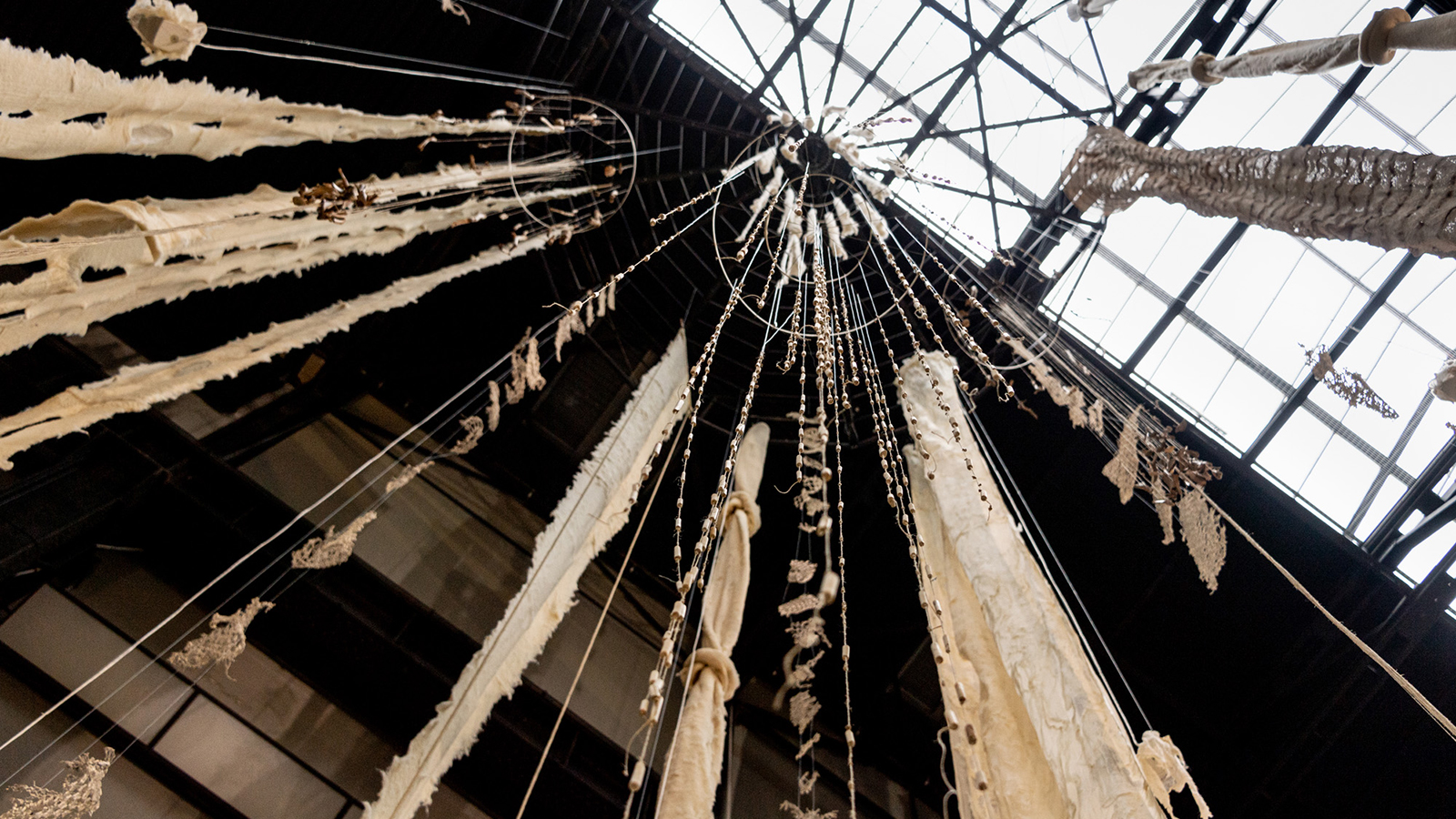 Cecilia Vicuña’s ‘Brain Forest Quipu’ wins Best Art Installation in the 2023 Wallpaper* Design Awards
Cecilia Vicuña’s ‘Brain Forest Quipu’ wins Best Art Installation in the 2023 Wallpaper* Design AwardsBrain Forest Quipu, Cecilia Vicuña's Hyundai Commission at Tate Modern, has been crowned 'Best Art Installation' in the 2023 Wallpaper* Design Awards
By Harriet Lloyd-Smith
-
 Michael Heizer’s Nevada ‘City’: the land art masterpiece that took 50 years to conceive
Michael Heizer’s Nevada ‘City’: the land art masterpiece that took 50 years to conceiveMichael Heizer’s City in the Nevada Desert (1972-2022) has been awarded ‘Best eighth wonder’ in the 2023 Wallpaper* design awards. We explore how this staggering example of land art came to be
By Harriet Lloyd-Smith
-
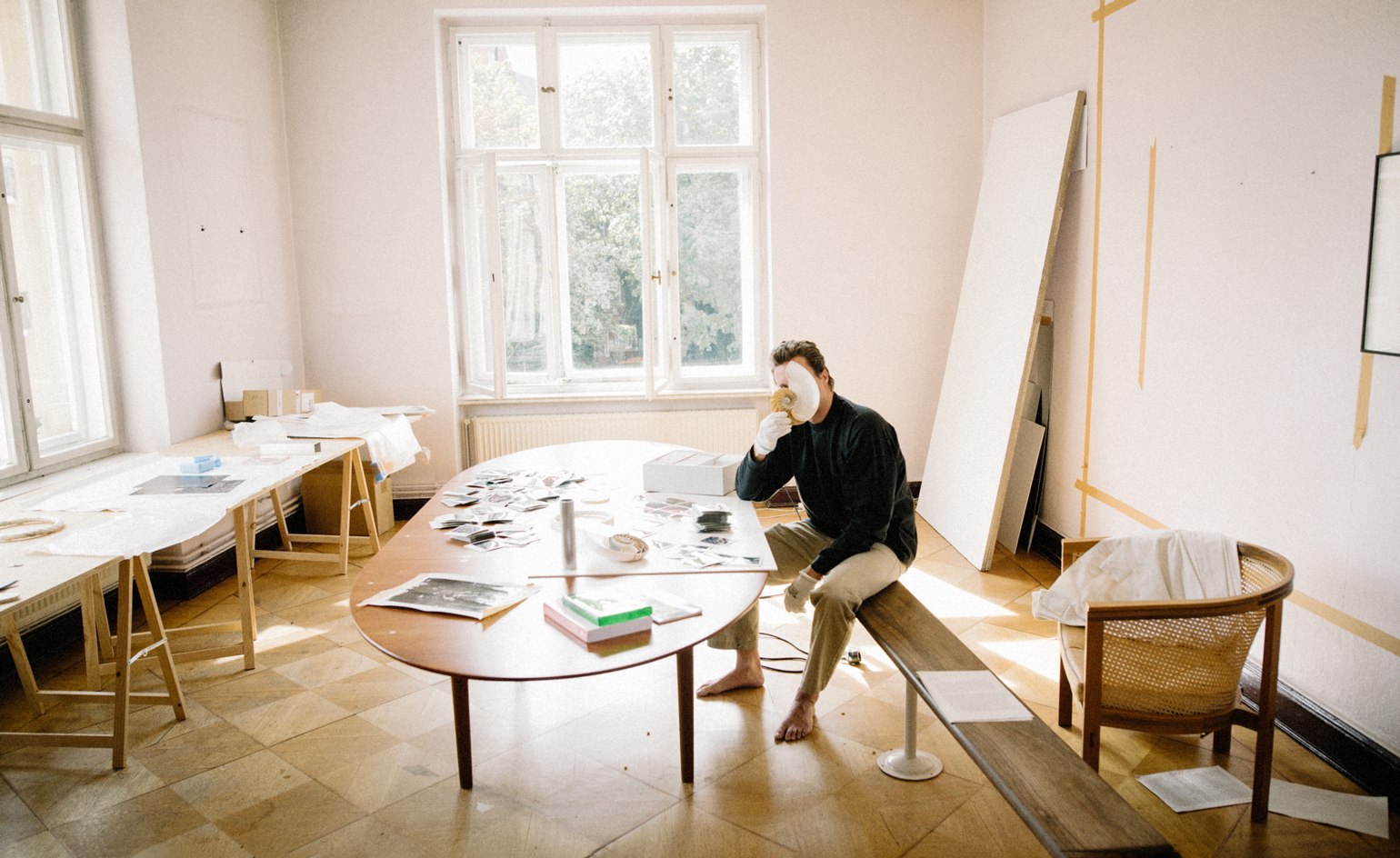 Cyprien Gaillard on chaos, reorder and excavating a Paris in flux
Cyprien Gaillard on chaos, reorder and excavating a Paris in fluxWe interviewed French artist Cyprien Gaillard ahead of his major two-part show, ‘Humpty \ Dumpty’ at Palais de Tokyo and Lafayette Anticipations (until 8 January 2023). Through abandoned clocks, love locks and asbestos, he dissects the human obsession with structural restoration
By Harriet Lloyd-Smith